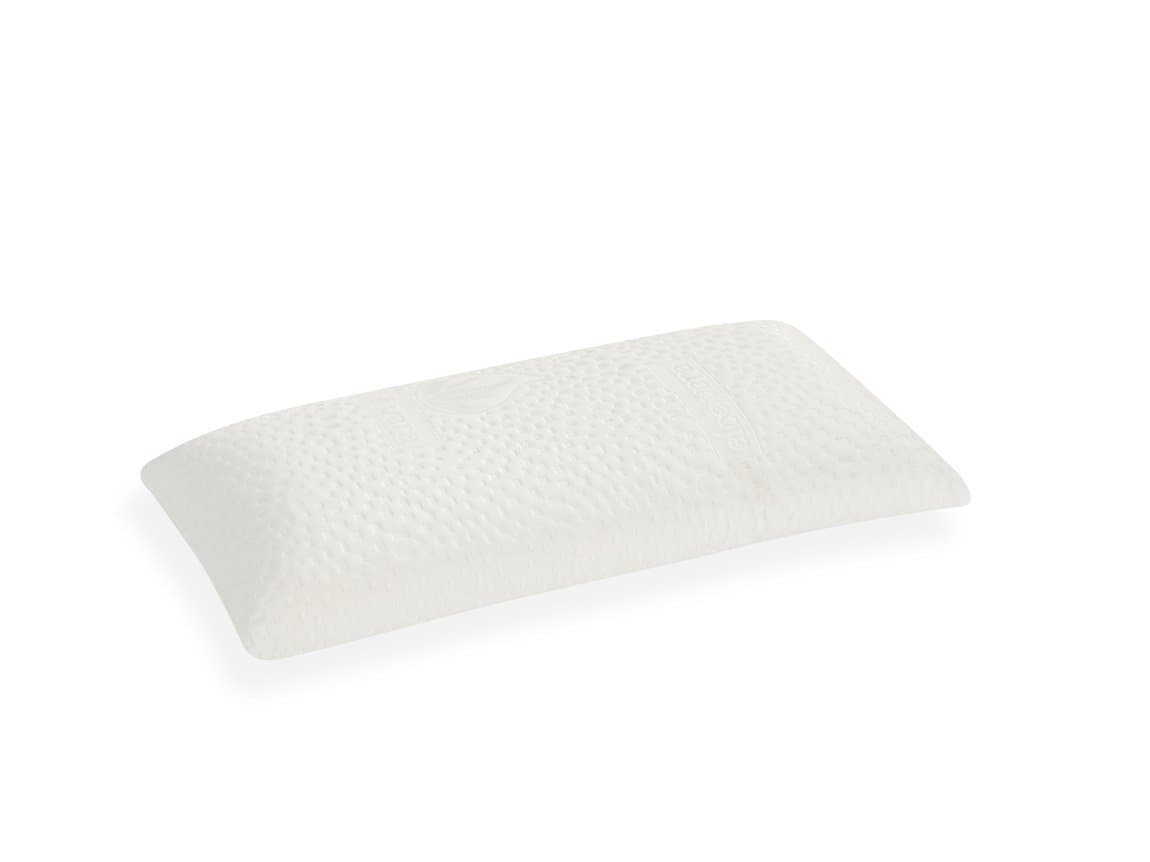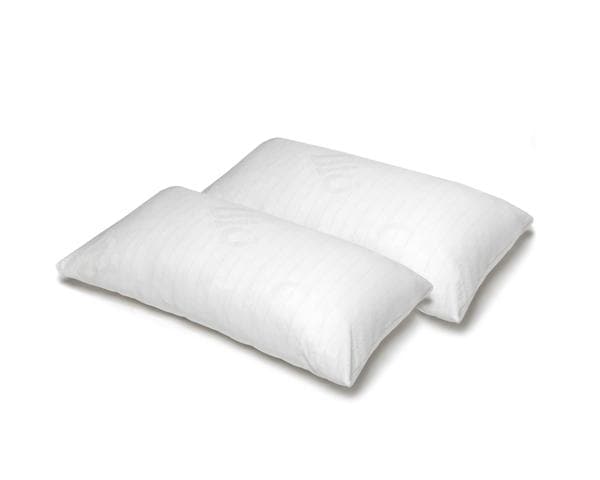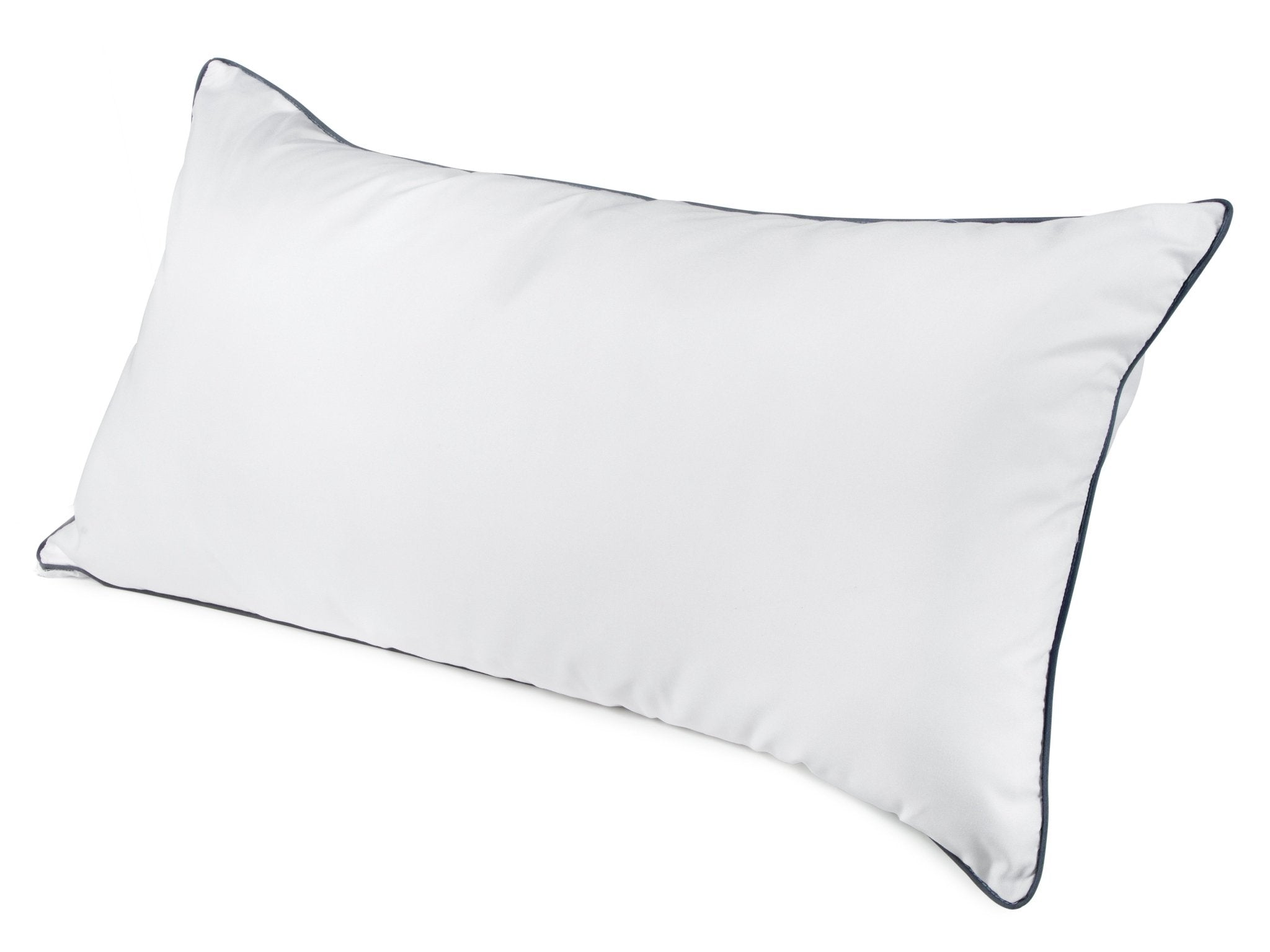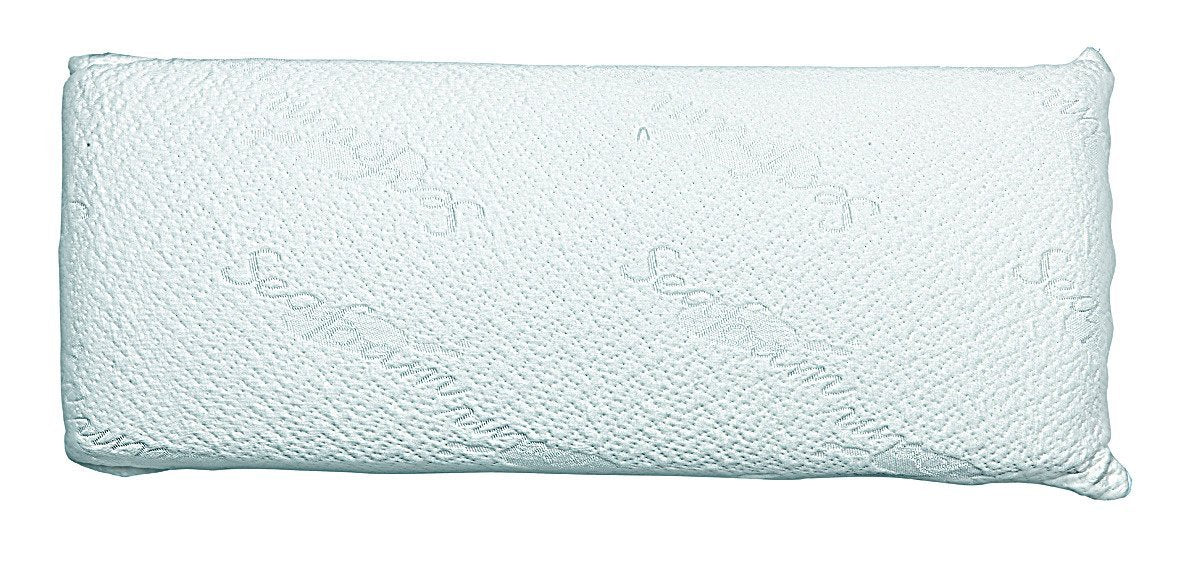Trolley
you carry 1€ Congratulations! Shipping on your purchase will be free.
We care about you and your well-being, which is why we guarantee that once it leaves our facilities, your order will arrive to you in 24 to 48 hours anywhere on the peninsula. We strive to meet your expectations, ensuring that that well-deserved rest is at the door of your house in the shortest time possible.
Complete your order
Completa tu pedido
-
 Nordic visco core pillowTecnologia Sanitized®: antiácaro, antifúngico, antibacteriano e hipoalergênico. Certificado OEKO-TEX®: livre de substâncias nocivas na su...
Nordic visco core pillowTecnologia Sanitized®: antiácaro, antifúngico, antibacteriano e hipoalergênico. Certificado OEKO-TEX®: livre de substâncias nocivas na su...55€25€Oferta -
 Visco Anti-Stress Flakes PillowA almofada anti-stress possui microfilamentos de carbono que ajudam a reduzir o stress do nosso dia a dia.
Visco Anti-Stress Flakes PillowA almofada anti-stress possui microfilamentos de carbono que ajudam a reduzir o stress do nosso dia a dia.40€19€Oferta -
 Almohada microfibra Cotton FeatherNúcleo 100% microfibra. Capa externa em tecido de microfibra extra macio com acabamento em roxo escuro contrastante. Proteção interna do ...
Almohada microfibra Cotton FeatherNúcleo 100% microfibra. Capa externa em tecido de microfibra extra macio com acabamento em roxo escuro contrastante. Proteção interna do ...49€30€Oferta -
 Seafoam PillowNúcleo de gel viscoelástico SeaFoam multiperfurado com células abertas de alta respirabilidade.
Seafoam PillowNúcleo de gel viscoelástico SeaFoam multiperfurado com células abertas de alta respirabilidade.90€54€Oferta
Total
0€
Fináncialo desde 0€/mes con 0% TAE.
Completa tu pedido
-
 Nordic visco core pillowTecnologia Sanitized®: antiácaro, antifúngico, antibacteriano e hipoalergênico. Certificado OEKO-TEX®: livre de substâncias nocivas na su...
Nordic visco core pillowTecnologia Sanitized®: antiácaro, antifúngico, antibacteriano e hipoalergênico. Certificado OEKO-TEX®: livre de substâncias nocivas na su...55€25€Oferta -
 Visco Anti-Stress Flakes PillowA almofada anti-stress possui microfilamentos de carbono que ajudam a reduzir o stress do nosso dia a dia.
Visco Anti-Stress Flakes PillowA almofada anti-stress possui microfilamentos de carbono que ajudam a reduzir o stress do nosso dia a dia.40€19€Oferta -
 Almohada microfibra Cotton FeatherNúcleo 100% microfibra. Capa externa em tecido de microfibra extra macio com acabamento em roxo escuro contrastante. Proteção interna do ...
Almohada microfibra Cotton FeatherNúcleo 100% microfibra. Capa externa em tecido de microfibra extra macio com acabamento em roxo escuro contrastante. Proteção interna do ...49€30€Oferta -
 Seafoam PillowNúcleo de gel viscoelástico SeaFoam multiperfurado com células abertas de alta respirabilidade.
Seafoam PillowNúcleo de gel viscoelástico SeaFoam multiperfurado com células abertas de alta respirabilidade.90€54€Oferta




